TaylorMade Qi35 LS vs Callaway Elyte Triple Diamond Driver: Read Our Head-To-Head Verdict
The TaylorMade Qi35 LS and the Callaway Elyte Triple Diamond are two of the best low spinning drivers of 2025. We put them up against each other to see which one comes out on top
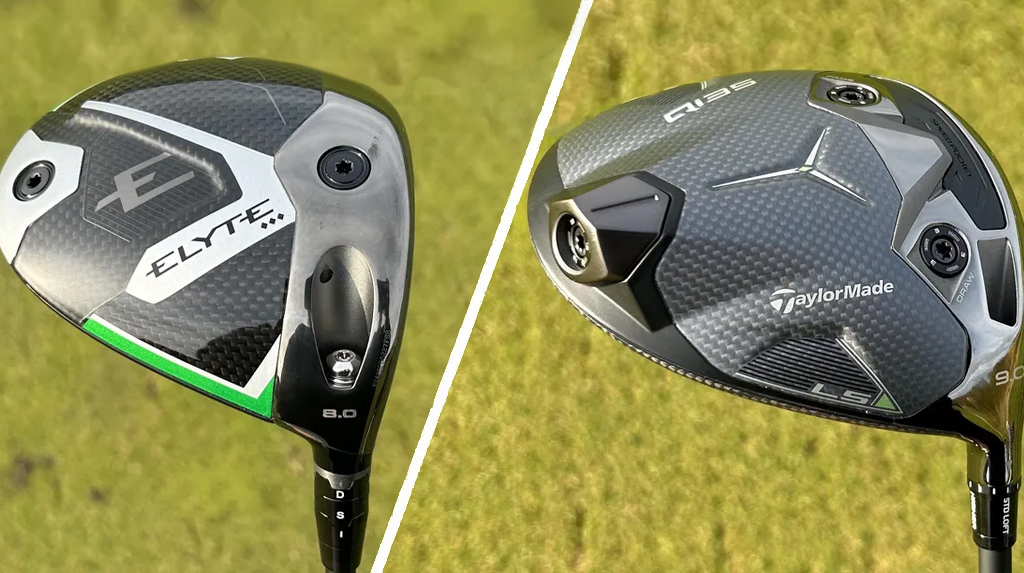

David Usher

The Qi35 LS is a fast, low-spinning driver that will suit those looking for maximum distance and a low, penetrating ball flight. High-quality ball strikers will appreciate the neat, pear-shaped profile and workability, however, less proficient players may struggle with dispersion on off-center strikes.
Pros
- Extremely low spin profile
- Exceptional looks
- Quick ball speeds
Cons
- Not a very forgiving driver
- Made somewhat redundant by the low spin setting of the Qi35 standard driver
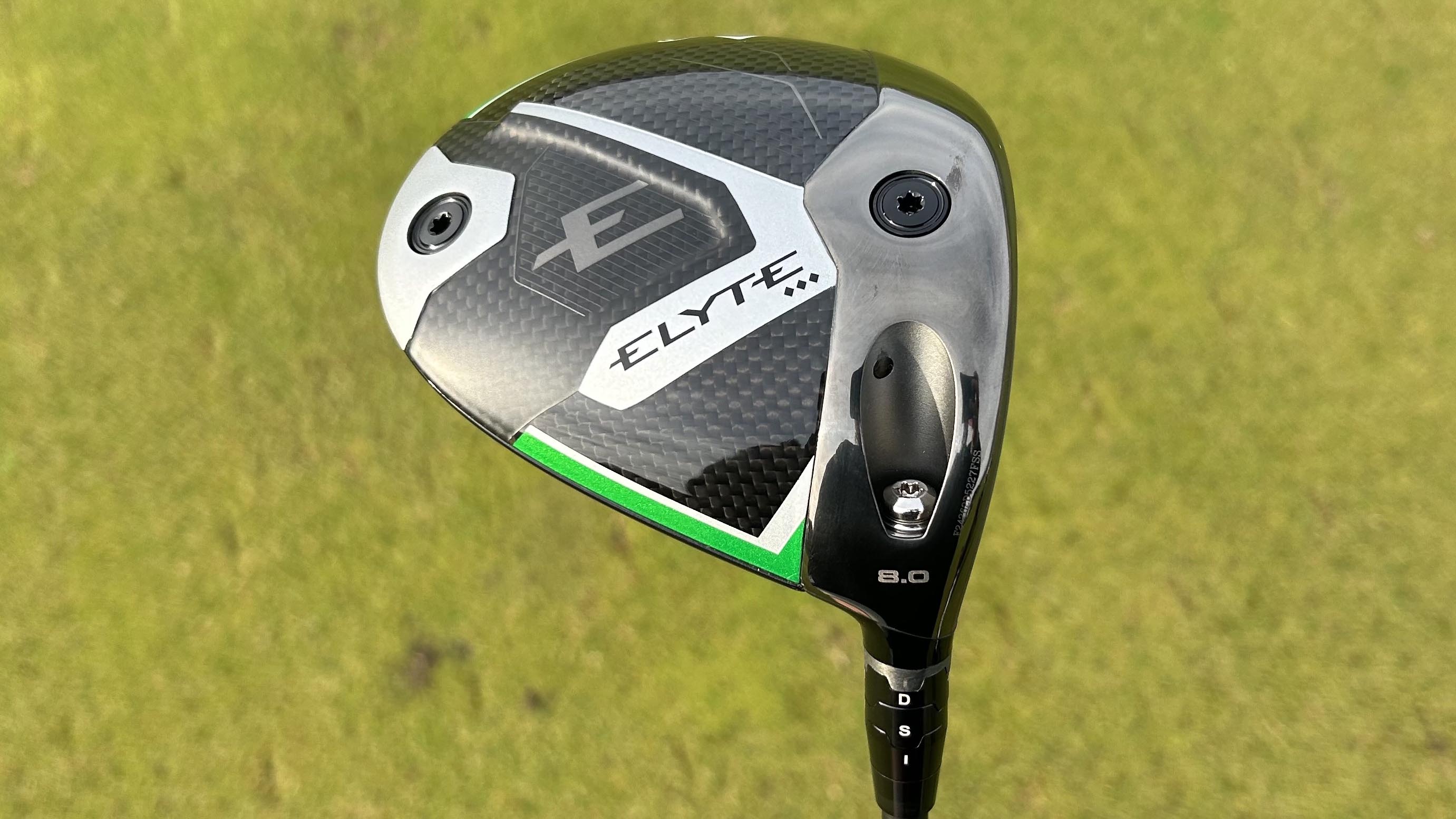
This is as good as it gets in the low-spin driver category. The launch monitor data is impressive on its own, but when you marry that with significantly enhanced levels of forgiveness and genuine workability, you have the makings of a classic.
Pros
- Exceptional feel
- Impressive forgiveness for a driver in this category
- Strong launch monitor data
Cons
- The slight fade bias may alienate some
When it comes to the best golf drivers, TaylorMade and Callaway always feature highly on any list and both are very well represented on professional circuits. It's therefore no surprise that their 2025 offerings are among the best around. For TaylorMade, the Qi35 range of drivers have proven to be a big hit amongst golfers of all ability levels. The standard Qi35 suits a wide range of players due to its adjustability, while the Qi35 Max is ideal for the high handicap player looking for a bit of forgiveness and assistance in keeping the ball in play. For this head to head though we're looking at the LS model aimed at the accomplished golfer that needs to keep their spin down off the tee.
Going up against the Qi35 LS is the Callaway equivalent; the Elyte Triple Diamond. The TD is very much aimed at the higher calibre of player, but as with the Qi35 family there are other models in the Callaway Elyte range covering all skill levels. The standard Elyte driver is a great all rounder that will suit most players, while for the high handicapper or new golfer that needs some help, there is the game improvement Elyte X driver.
This head to head is for hitters only though. If you are a confident player that likes a more compact head and lower spinning driver, the Qi35 and the Elyte TD should certainly both be on your radar. But which is best, and why? Let's find out.
Technology
The tech story behind the Qi35 range - which, in addition to the LS also includes the Qi35 and Qi35 Max - is all about CG (center of gravity) projection. Without getting overly technical, TaylorMade has designed the clubhead so that the CG sits as low and as close to the face as possible, creating what they call a “greater area of opportunity.” You’ve probably experienced that strike where the ball hits slightly high on the face and launches high, spins less and flies a long way. That happens because the ball lands above the CG projection, generating a vertical gear effect that boosts launch and reduces spin. By lowering the CG projection, this increases the chances of consistently achieving those ideal flight conditions.
To achieve this, discretionary weight has been redistributed around the clubhead from the crown, the hosel and the perimeter ring, bringing the balance point closer to the face. On top of that, the Qi35 features two adjustable sole weights for fine-tuning launch and spin, a multi-material construction incorporating chromium carbon, steel, aluminum, tungsten, and titanium, and a fourth-generation Carbon Twist Face for explosive ball speed and forgiveness.
In the LS model, however, we wave goodbye to the moveable weight track which has been replaced by three ‘pinpoint’ adjustable weights. The engineers felt that the infrastructure required to house the sliding weight took up too much weight which could be better used elsewhere.
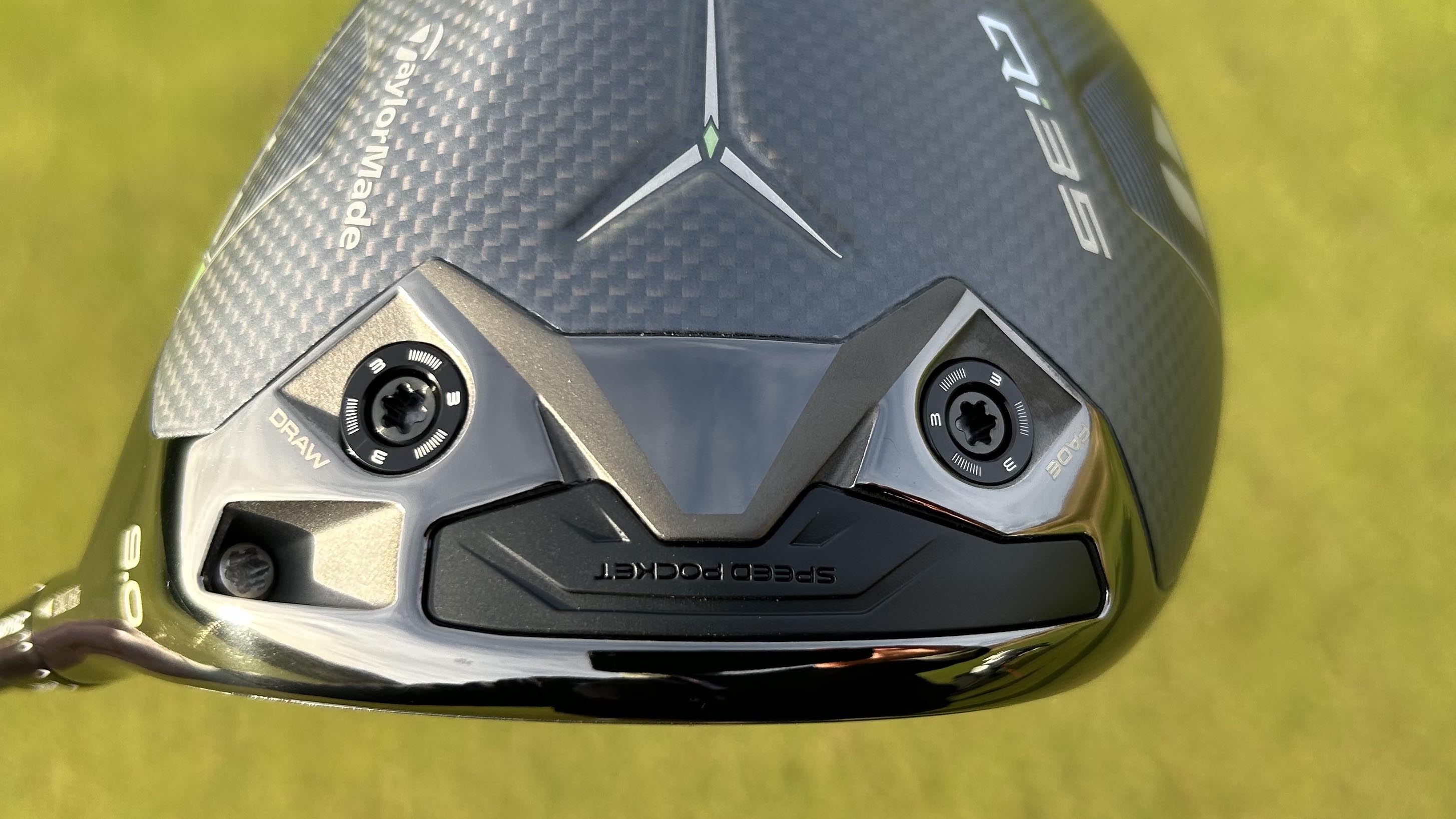
When it comes to the Callaway Elyte driver family, it is all about creating the perfect blend of desirable attributes, or as Callaway put it, “Fast head shapes are unforgiving, and forgiving head shapes aren’t fast”. So Callaway was looking to merge these two worlds of speed and forgiveness together in the creation of the Elyte family.
Subscribe to the Golf Monthly newsletter to stay up to date with all the latest tour news, equipment news, reviews, head-to-heads and buyer’s guides from our team of experienced experts.
Callaway tackled this challenge with a major investment in in-house 3D printing, cutting prototype production time from three months down to just five days. This rapid turnaround allows for far more trial and error, accelerating development and improving results. To put that into perspective, typical prototyping might go through four iterations, whereas the Elyte cycle ran 75 rounds.
In simpler terms, what Callaway has achieved is a higher MOI driver with improved aerodynamics. The idea is that you can swing the club faster for more distance, while also benefiting from extra forgiveness on off-center hits.
In terms of the specific tech features of the Triple Diamond model, a slightly smaller footprint is on offer than the other two new drivers in the range, with a lower spin profile, and a neutral to-fade bias ball flight. Two interchangeable weights offer further customization in terms of spin and although the tech is impressive in the Qi35 range. The Elyte shades this one.

Looks
The Qi35 LS looks absolutely stunning. Its light grey carbon finish is striking and gives off the kind of sophisticated, premium vibe you’d usually expect inside a high-end car. Branding is kept to a minimum, while the subtle light green accents are barely noticeable, adding a delicate touch. The head has a futuristic aesthetic that’s sure to appeal to a wide range of golfers.
From the address position, the pear-shaped profile that has been a signature of TaylorMade drivers like the Stealth 2+ and Qi10 LS, is still present, but it’s highlighted even more here thanks to the rounder shapes of the Qi35 and Qi35 Max. I prefer the rounder profiles, though that ultimately comes down to personal preference.
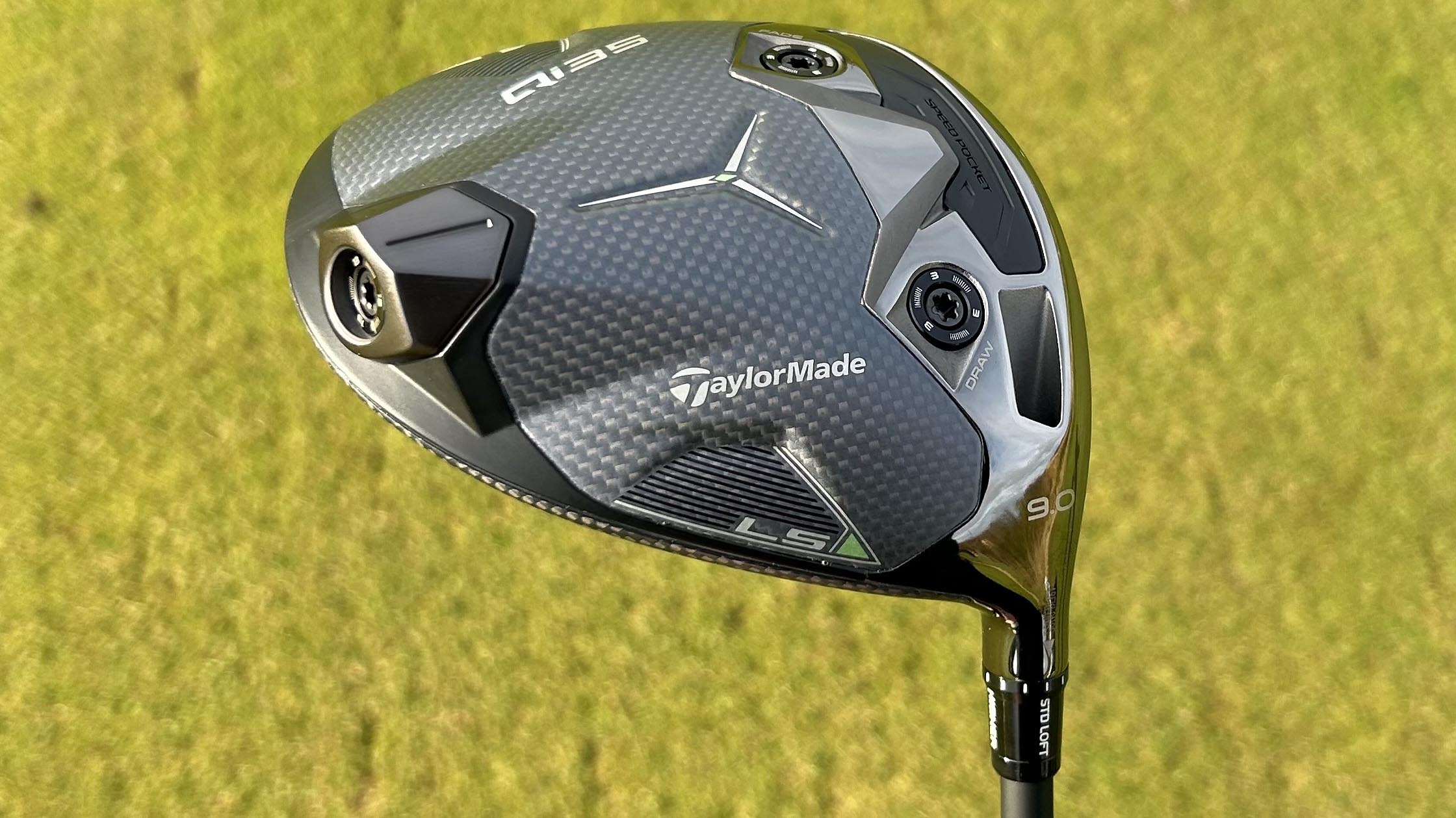
Callaway has opted to differentiate the Triple Diamond from the rest of the driver family with a clean, glossy finish which I think looks fantastic. In fact, from a shelf appeal standpoint this is, in my opinion, the best-looking model in the Elyte range. The darker carbon accents lend a genuinely premium, high-end feel, while at address that quality aesthetic carries through with the glossy black finish and a well-proportioned, elegantly shaped clubhead.
The deep face and slightly squat profile are likely to attract better players exploring the driver market, though the design may feel a bit intimidating to some golfers. All things considered, I'll say the TaylorMade edges it in the looks department, but both are stunning and right at the top of the tree when it comes to driver aesthetics.

Feel
The feel off the face from the Qi35 seems to have slightly altered to me this year, with a slightly livelier, more high-pitched acoustic creating a touch more of a firmer feel to impact. I thoroughly enjoyed this, although it is all relative to the ‘carbonwood’ products of the past few seasons, and the TaylorMade sound and feel still remains much more subdued and ‘thuddier’ than pretty much anything else on the market. The extra 'zing' at strike is just another enjoyable feature about this driver.
As for the Elyte TD, the feel off the face is another very high-quality feature and I found it a touch more muted and lower pitched than the other two drivers in the Elyte range, with the ball seeming to melt into the face before exploding toward its target.
A close one, but when it comes to feel and sound I'll narrowly lean towards the Elyte TD.
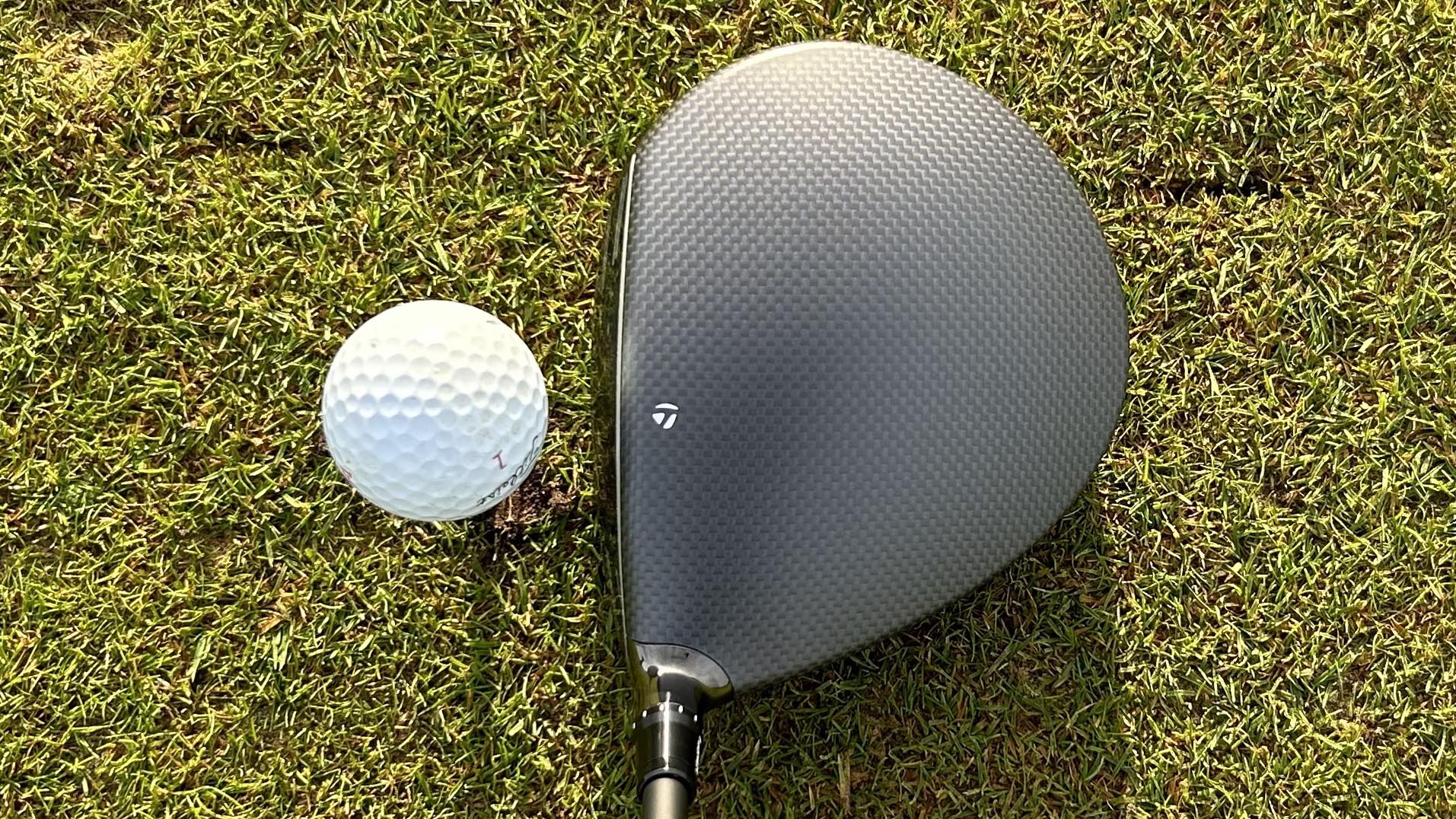
Performance
I found the ball speed and overall distance from the Qi35 LS to be exceptional. The spin profile is among the lowest on the market and is perfect for those of you who tend to spin the ball excessively. That said, I did find the LS to be a somewhat volatile driver. Perhaps I’ve grown soft in the past year or two, spoiled by the proliferation of super-high MOI drivers, but I really struggled to achieve a consistent dispersion, especially on off-center strikes.
A major challenge for the LS is the sheer quality and versatility of the Qi35 ‘standard’ model. In my testing, I could get spin numbers very close to the LS simply by shifting the heavier of the two sole weights forward, while enjoying much higher forgiveness. So unless you’re completely enamoured with the pear-shaped head, it’s hard to find a compelling reason to choose the LS over the standard Qi35. This was reflected in last year’s tour usage, and it’s become even clearer with the improvements in the Qi35 range. The lower-spinning LS also feels slightly more “demanding” in terms of strike compared to the Qi10 LS.
That said, there’s always a player looking for the absolute lowest-spin option and when put into what TaylorMade internally calls “beast mode”, the LS certainly delivers seriously low spin numbers even on fairly low impact locations.
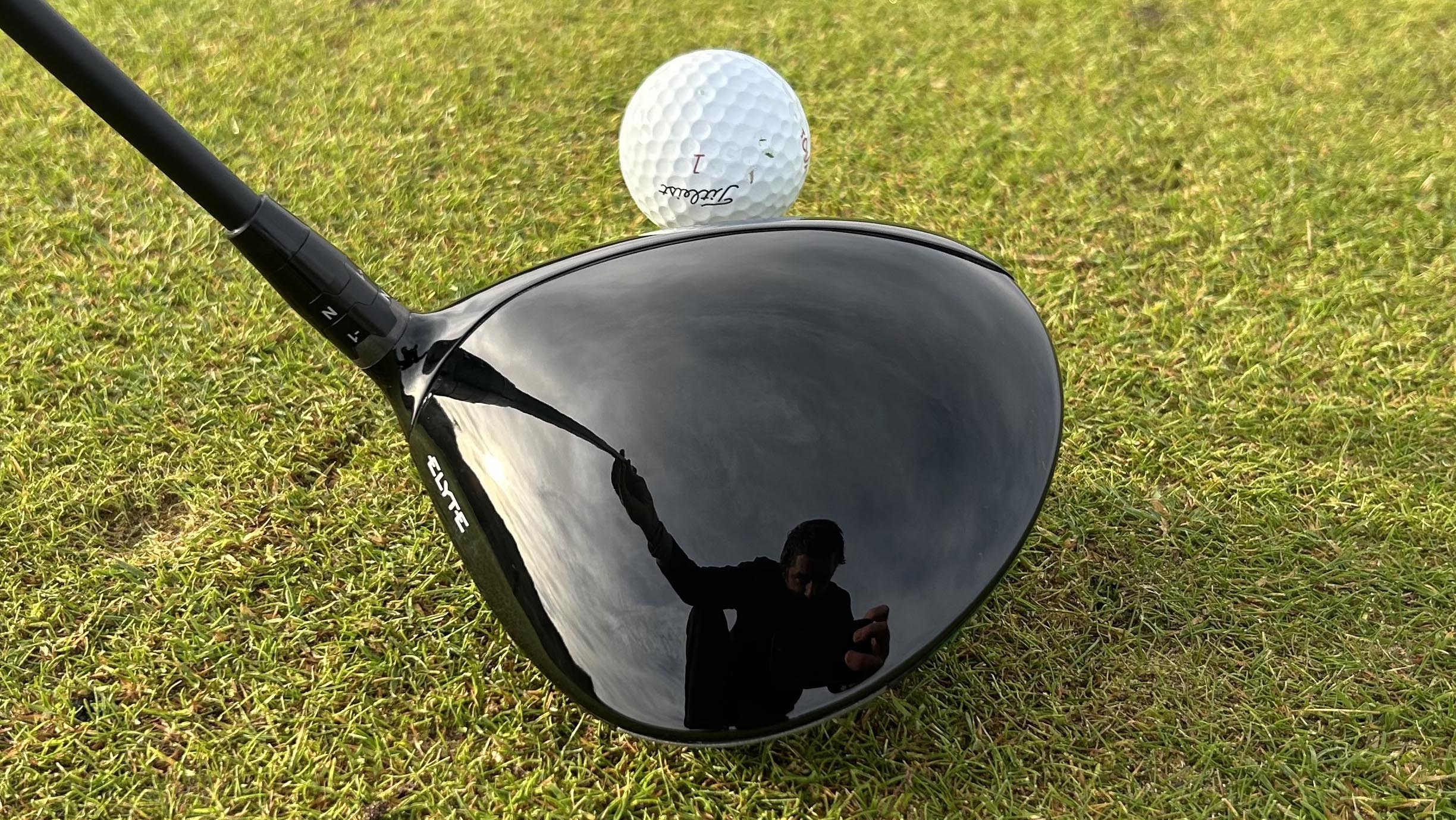
It’s genuinely hard to find fault with the Elyte Triple Diamond as it is a seriously high-quality driver. While the numbers weren’t dramatically different from what I saw with last year’s Paradym Ai Smoke Triple Diamond, there was a subtle improvement. The real leap, however, is a bit more intangible. While it’s just as fast and low-spinning as its predecessor, I found the Elyte Triple Diamond to be much more playable and less reliant on a perfect strike than the Ai Smoke.
I’ve taken this driver out for several rounds, and even on less-than-ideal strikes, my dispersion has remained impressively tight, which isn’t always a given for me! Additionally, I’ve found this driver surprisingly easy to shape shots with. Even with its slight natural fade bias, both draws and fades came effortlessly, which isn’t always the case for me. For whatever reason, the Triple Diamond just feels exceptionally workable.
So on performance, there is a clear winner. I am seriously impressed with the Elyte Triple Diamond and while it won’t be one for the mid-to-high handicappers, I believe its newfound stability will put it in the hands of more players than ever before. It truly is an exceptional driver.
Which One Should You Choose?
Choose the TaylorMade Qi35 LS Driver if…
- You want the lowest spin possible
- You want adjustability
- You enjoy a pear shaped, tour inspired profile
Choose the Callaway Elyte Triple Diamond if...
- You value premium shelf appeal
- You are looking for forgiveness in a low spin package
- You want to shape your tee shots

Joe has worked in the golf industry for nearly 20 years in a variety of roles. After a successful amateur career being involved in England squads at every age group, Joe completed his PGA degree qualification in 2014 as one of the top ten graduates in his training year and subsequently went on to become Head PGA Professional at Ryder Cup venue The Celtic Manor Resort. Equipment has always been a huge passion of Joe’s, and during his time at Celtic Manor, he headed up the National Fitting Centres for both Titleist and Taylormade. He’s excited to bring his knowledge of hardware to Golf Monthly in the form of equipment reviews and buying advice.
Joe lives in North Devon and still plays sporadically on the PGA West region circuit. His best round in recent years came earlier in 2023 where he managed a 9 under par 63 at Trevose GC in a Devon & Cornwall PGA Tournament.
Joe's current What's In The Bag?
Driver: Switch between TaylorMade Qi35 and Callaway Elyte TD - both with Fujikura Ventus Black 6-X
Fairway wood 1: TaylorMade BRNR Copper Mini Driver - Fujikura Ventus Black 7-X
Fairway wood 2: Callaway Apex UW 17˚- Fujikura Ventus Black 9-X
Irons: TaylorMade P7CB 3-PW with Dynamic Gold Tour Issue X100 shafts
Wedges: Callaway Opus 50, 54, and 60 degrees - Project X LS 6.0 shafts
Putter: LAB Golf Oz.1 (zero shaft lean)
Ball: TaylorMade 2024 TP5x
Grips: Golf Pride Tour Velvet 60R
Bag: Vessel Player IV Pro DXR Stand
You must confirm your public display name before commenting
Please logout and then login again, you will then be prompted to enter your display name.